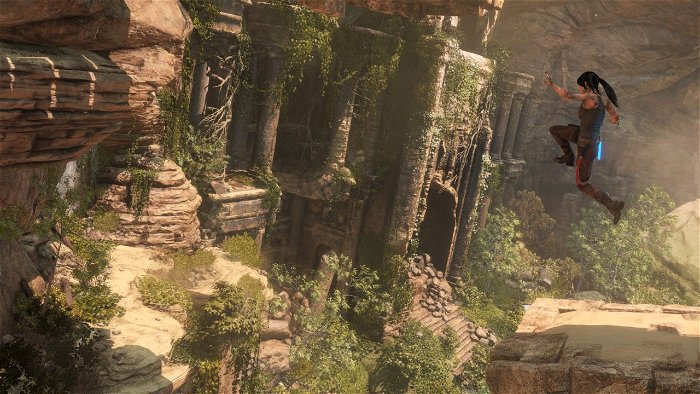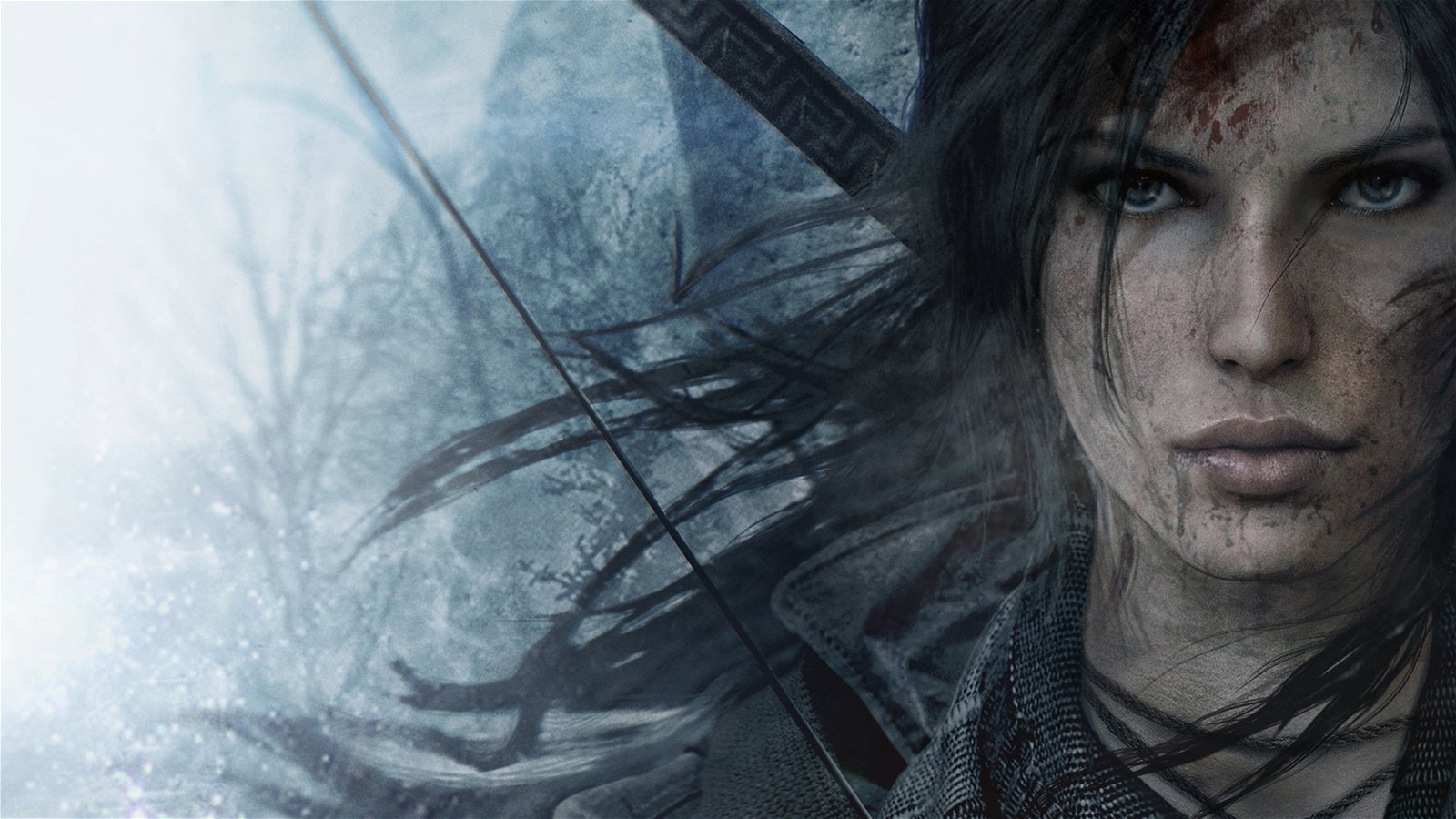By the time Crystal Dynamics released 2013’s Tomb Raider, the long-running series was in desperate need of reinvention. Its star Lara Croft had become a caricature—a confused mix of videogame sexism and ‘90s grrl power—and the kilometres of narrative baggage it had accumulated over so many games had become an overly convoluted albatross around its neck. The reboot attempted to fix these problems by starting again, presenting a new origin story that remade Lara as a more plausible character, fallen into the violent business of supernatural archaeology as the result of a shipwreck. But, despite its success at modernizing many Tomb Raider conventions, the game failed to make much of a character from Lara—and was filled with the collectable glut that plagues modern game design.
Though Rise of the Tomb Raider wastes little time in getting Lara into the thick of a brand new adventure, it’s still burdened by much of its predecessor’s baggage. Following in her archaeologist father’s footsteps, the younger Croft travels to Siberia to find “the Divine Source,” a legendary artifact said to grant immortality. Alternating between the perilous first steps of her journey and flashbacks to the days leading up to her departure, the game immediately demonstrates a far greater understanding of compelling dramatic structure than 2013’s Tomb Raider. The plot moves forward with welcome momentum, mixing quiet scenes of exposition and exploration with fast-paced action sequences.

The writing used to relate all of this is strained, though. The dialogue is blunt and workmanlike. Despite many of the actors’ commendable efforts to sell their lines, the story remains too brusque and formulaic to stay compelling beyond the first few hours of set-up. More disappointingly, Lara, still poised to fully become the self-assured adventurer the previous game only partially moved her toward, develops very little as a character, her actions and personality still defined more by her father than herself.
When the story fades to the background and the player is left only to climb, jump, swim, and shoot through the world, Rise of the Tomb Raider is much stronger. The hardware used for this review is getting a bit long in the tooth, but, even on a mix of “medium” and “high” graphics settings, Rise looks stunning. To some extent, this is the result of technology, but largely the game impresses most on the basis of detailed character animations and solid art design. Moving from snowy mountain ranges to the ruins of Byzantine villages, Lara’s journey is consistently varied and visually stunning. Small details inform the centuries of history that have shaped the region, providing a sense of archaeological discovery far better than the explicit storytelling. It’s hard to overstate how much of Rise’s success is due to its visual design.
And this makes it unfortunate that the beauty of the world is frequently diminished by the constant presence of collectible items, littered around the environment to the point of distraction. The mechanical requirements of unnecessary crafting systems and a glut of pick-ups make it necessary for the player to frequently hit a button to ping Lara’s heightened senses. Rise’s collectables seem like fluff in the first place, but, when looking for them makes the screen’s vivid colours drain and garish yellow silhouettes mar the great-looking landscapes, they begin actively diminishing the art design—one of the game’s strongest suits.


All of this ties in to the sense that Rise is torn between the desire to be either a free-form exploration game or a more tightly directed sequence of interactive action scenes. When the game shifts into the latter mode, it’s exceptional. Crystal Dynamics has a real talent for the construction and pacing of harrowing gun battles and nail-biting escapes from physical danger. But, when these sequences pass and the player is left to wander an open world overstuffed with collectables, it loses sight of the kind of experience its developer seems suited to creating.
Rise of the Tomb Raider is a marked improvement over its predecessor, but it’s also a game whose foundations—narrative and mechanic—would benefit greatly from further reinvention. Fantastic looking and often thrilling, Lara’s latest adventure, like its star, is still in the process of finding out what, exactly, it’s meant to be.





